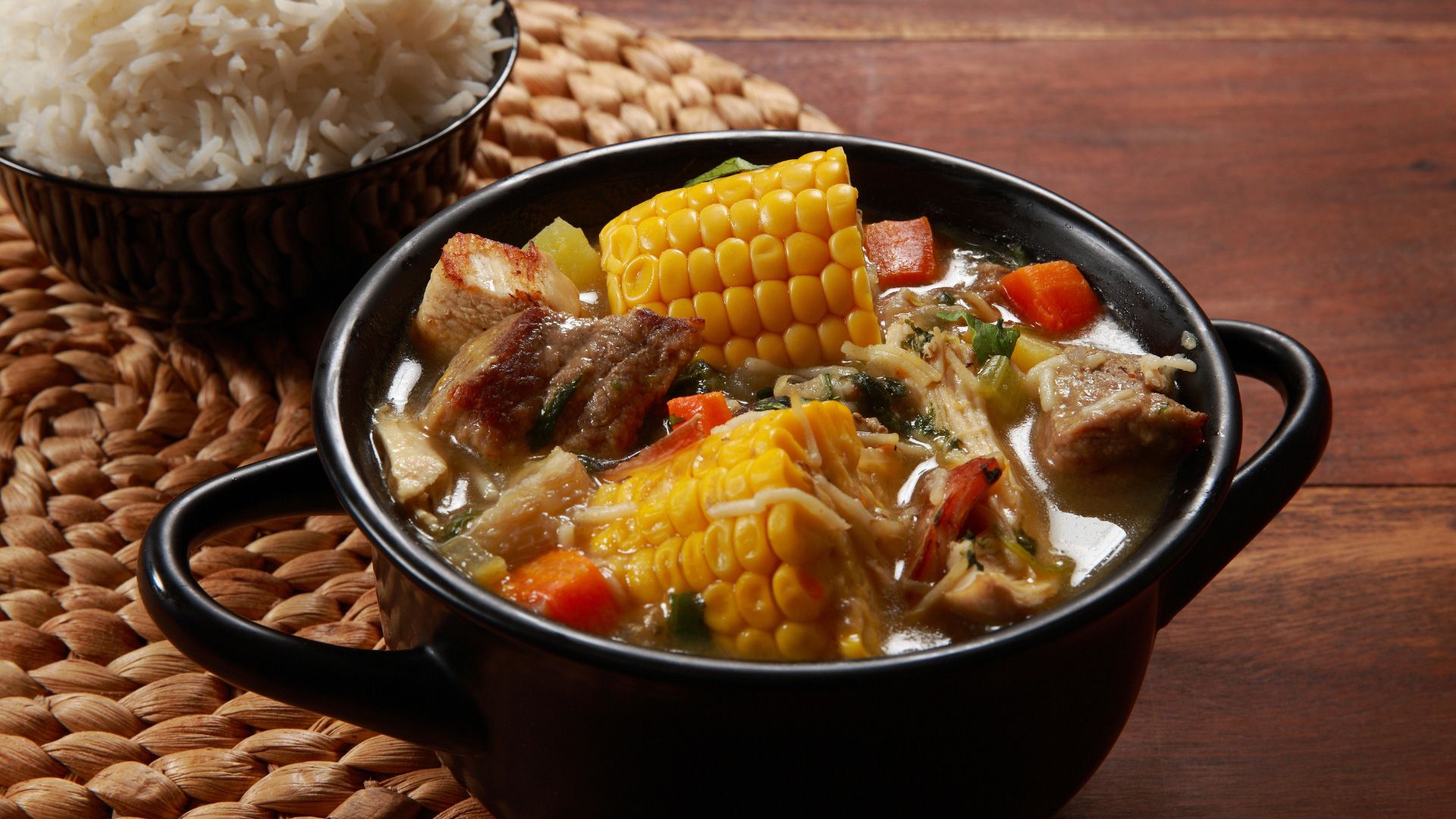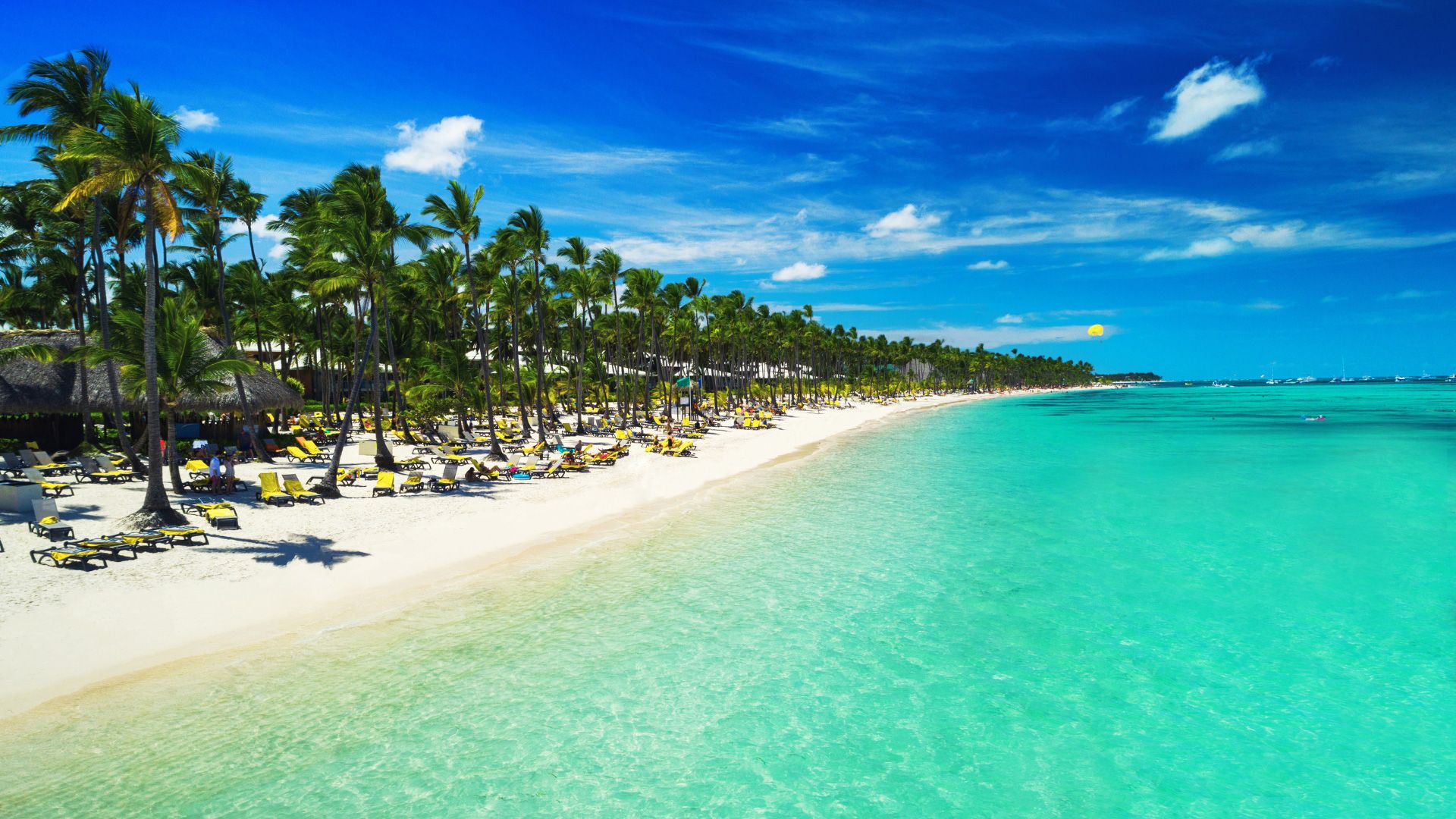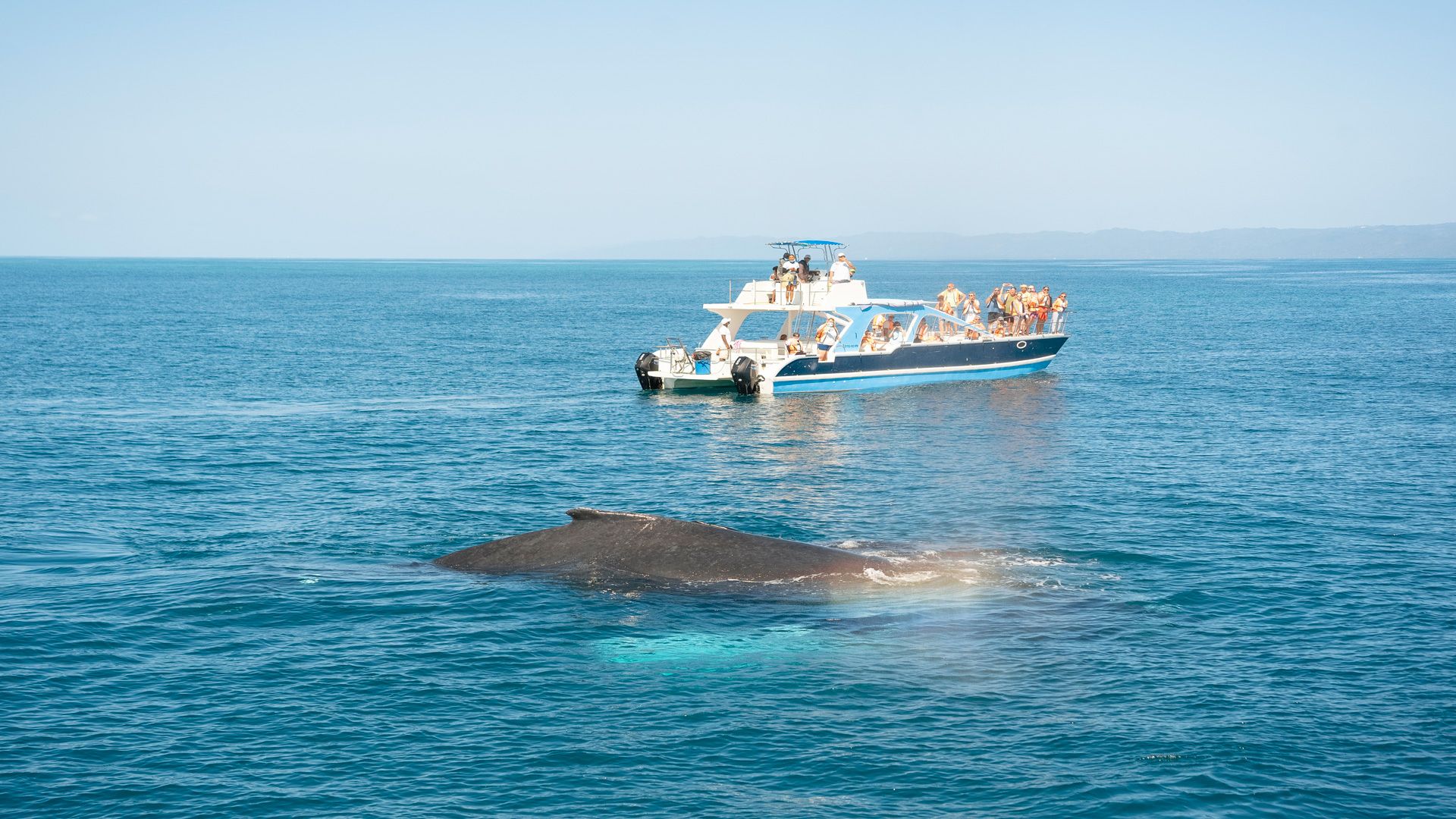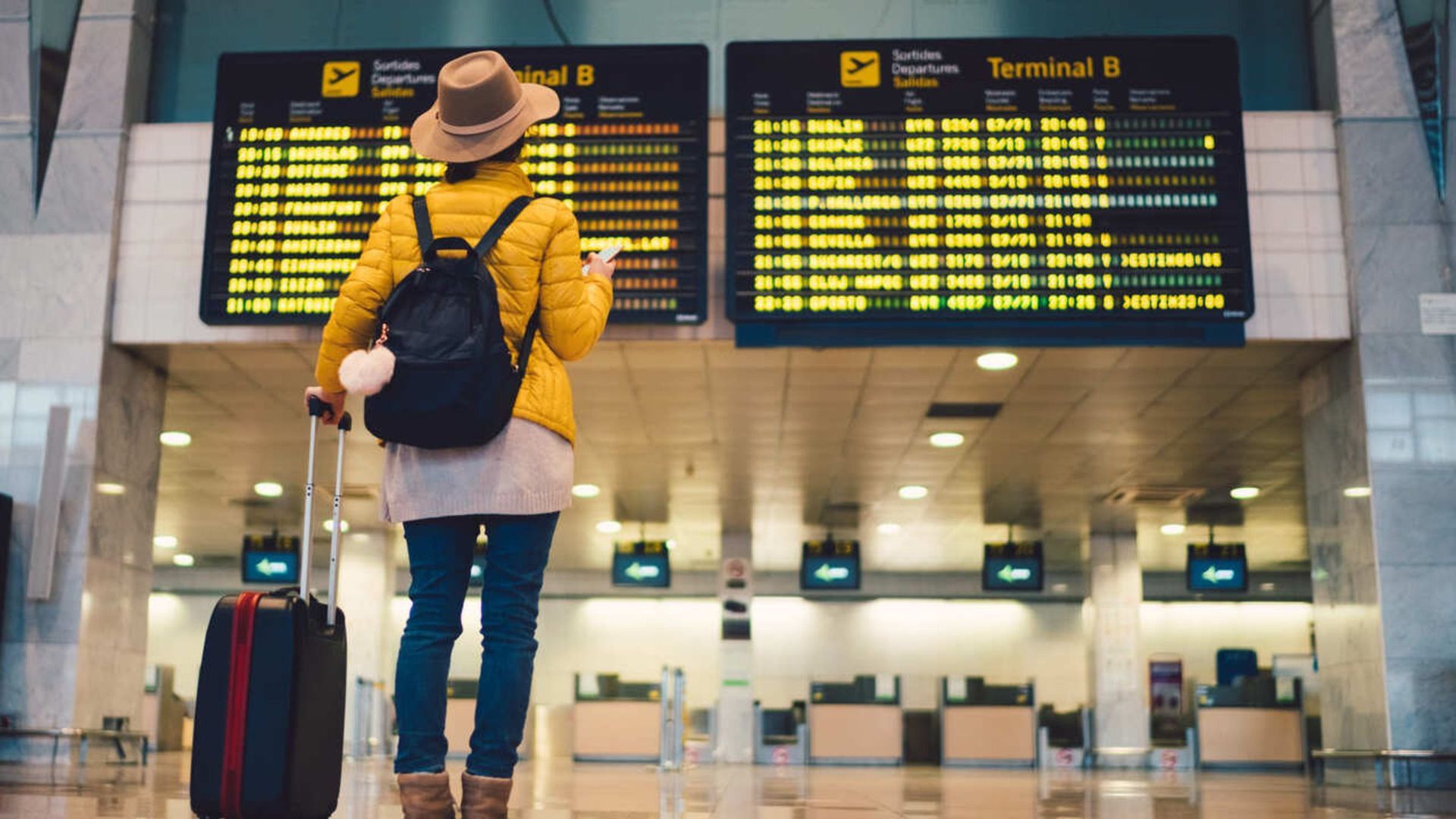Dominican Republic
Dominican Republic is best for...
Couples: A perfect place to visit with your partner, Saona Island is a unique romantic haven to get away from the hustle and bustle of the mainland cities. Only a short distance from Bayahibe, Saona Island is a nationally protected park and home to beautiful coral reefs, powdery-white sand and picturesque palm trees against the backdrop of crystal clear waters. The sandbank has plenty of options to taste a local Dominican rum cocktail among the shallow waters.
Families: Looking for an unforgettable experience with your family? Samana is the place to be to enjoy some small-town friendliness and appreciate the natural beauties of the Dominican Republic. A major hub for eco-tourism, Samana is also one of the few places you’re only a boat trip away from seeing thousands of humpback whales up close. Follow it up by visiting the neighbouring Salinas for a visit to the Whales Museum and see the full 12m skeleton of a humpback whale found in 1993.
Nightowls: When it comes to nightlife in the Dominican Republic, the first place that comes to mind is Punta Cana. Being the resort capital of the island with an abundance of bars, nightclubs and exquisite beaches to choose from, the incredible coastline does not disappoint when it comes to enjoying the Dominican Republic after dark. The vibrant party scene doesn’t sleep until sunrise, with plenty of clubs to see live performances or just visit the local spots to join the endless dancing and music.
 Getting around Dominican Republic
Getting around Dominican Republic
By bus: Public transport is the best way to experience Dominican culture on the go. Affordable and convenient large coach services connect the major regions within the country while smaller, privately-owned guaguas take travellers on both long and short-distance journeys.
By subway: Operating two major lines, Metro Santo Domingo is a convenient and popular means of transport. Line 1 connects north and south while line 2 connects east to west, and both lines operate daily from 6 AM to 10:30 PM.
By boat: With five cruise destinations and a variety of marinas for both yachts and boats, the large island easily accommodates sea travel. You’ll find a multitude of historical marinas along the coastline.
By taxi: All major cities and towns have taxi services easily accessible, especially near hotels and tourist areas. Ask for help from the locals as you call for a taxi, and remember to confirm the car details and fare, as it may depend on the local taxi association.
By car hire: You will find all major car rental companies in the Dominican Republic if you wish to set your own pace during your travels. Remember to invest in a good travel guidebook and learn a few handy Spanish phrases to make your travels safer.
 Fast facts for Dominican Republic
Fast facts for Dominican Republic
Language: The official language is Spanish. English is also widely spoken in tourist areas, while most tour guides and hotel staff will comfortably speak a multitude of languages including Italian, French, German, and Russian. To be on the safer side, make sure to bring a phrasebook or download a translation app before your visit.
Currency: Dominican Peso (RD$)
Local time: GMT-4
Fly to
- Punta Cana International (PUJ): For visits to Punta Cana
- For visits to Santo Domingo, fly to Las Americas International (SDQ) and La Isabela International(JBQ)
- El Catey International (AZS): For visits to Samana
Flight time from the UK: It takes around 9 hours of flight from the UK.
Tourist Information: For more information on all Dominican Republic locations, please visit the official
tourism website here.
Visa/health: If you are a UK citizen and have a valid passport, you do not need a visa for Dominican Republic holiday visits for up to 90 days. Visit the official UK travels website for restrictions, travel advice, visa requirements and health advice here.
More travel guides: Curious for more? We have a range of travel guides and holiday destinations from all
over th e world! Here are a few: Cyprus | Maldives | Turkey | Canary Islands | Spain
Your Guide to Dominican Republic holidays
- Food & Drinks
- Beaches
- We Love
- At a Glance
travel advice
Get advice about travelling abroad, including the latest information on coronavirus, safety and security, entry requirements and travel warnings on the
FCDO website.



